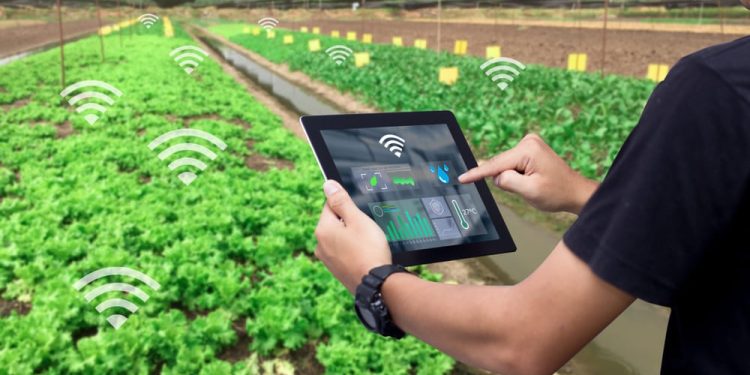Every industry can benefit in some way from automation tools and technology. Agriculture is no exception. Automation tools can be utilized at every stage of agriculture, from planning and planting to harvesting and distribution. Here are six ways automation is helping the agriculture industry advance.
-
It Can Improve Efficiency Across All Agriculture Workflows And Sectors
People generally incorporate automation tools into their workflows to improve efficiency, accuracy and speed. In agriculture, you cannot speed up every process, but you can take steps to improve each process's accuracy and efficiency. There are many ways farmers can automate various workflows, such as irrigation automation tools and tools meant to help them plot and survey their fields. Automation doesn't stop with the farmers, either. Distributors, grocery stores, transportation companies and equipment and resource providers can all incorporate automation tools and technology into their processes.
-
It Can Reduce Challenges Related To Growing Specialty Crops
Some crops require more specialized growing conditions or take more work to grow than others. These include nursery plants and tree nuts. With automation technology, farmers can reduce the number of challenges related to successfully growing and selling these crops. You can use all kinds of automation technology to improve your specialty crop growing methods, such as robots, mapping instruments and sensors, process automation tools and drones. These tools are meant to reduce labor costs and improve the success rates of growing such crops.
-
It Can Make Monitoring Technology More Accurate
To farm successfully, you need to be able to monitor various environmental factors on your property, including water levels, soil health and quality, the viability and health of your crops or livestock and growth rates of crops. Doing so can be tedious and difficult, so being able to use autonomous machinery and AI algorithms to automate the monitoring process can be quite helpful. Automated monitoring systems can also be effective at providing round-the-clock supervision, which means there can be a constant stream of data for you to analyze and you can react quickly if an issue is detected.
-
It Can Improve Farm Safety And Security
Farming is difficult work. It is labor intensive and can, at times, be dangerous. The dangers a farmer may face include the physical, in the form of injuries from working with machines, and economic, in the form of potential revenue being lost due to issues such as blights or machinery malfunctions. Farmers can use technological tools to automate various processes, improving their safety and those of their employees, as well as the security of their farms and livelihoods. Tools meant for these purposes include robots and autonomous planting, harvesting and processing machines.
-
It Can Help People Farm in Innovative Ways
Traditional farming is increasingly being supplemented by innovative methods to ensure there is an adequate food supply for the world population. The greenhouse is a well-known farming innovation, enabling tropical crops to be grown in colder climates and all kinds of crops to be grown even in the winter months. Automatic monitoring can be implemented in greenhouses to ensure appropriate growing conditions are maintained. Other automation tools can be used to develop and help farmers implement innovative agriculture models, such as vertical farming.
-
It Can Reduce Risk Across the Industry
Automation is used across industries to reduce various types of risk. The same use applies in the agriculture industry. Common agricultural risks include bottle-necked or fragmented supply chains, labor shortages and loss of product. AI algorithms can be used to assess and mitigate risk. Mechanization can be used to improve the efficiency of supply chains and remove some of the pressure of labor shortages.
Automation technology and strategies should be used in workflows and processes where they make sense. It's important to emphasize to people how these tools will help and support their work when you implement them. Automation tools are ultimately meant to assist employees, free up their time for other tasks and make work easier.
























